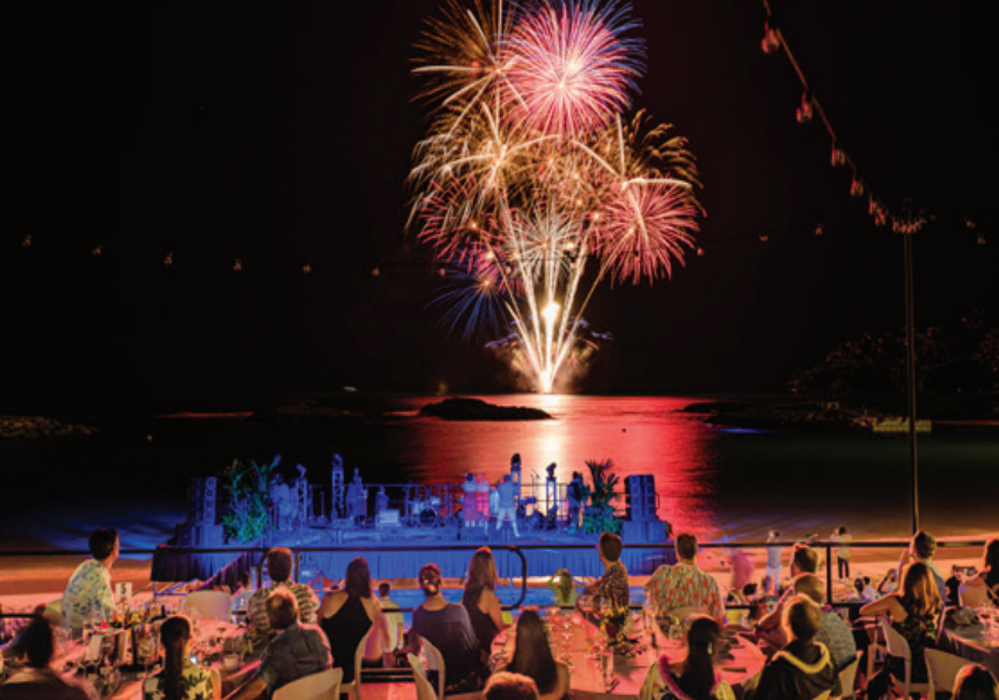weatherontheair.com – Martabak is a beloved street food delicacy found in many parts of Southeast Asia, particularly in Indonesia, Malaysia, and Singapore. Known for its rich fillings and delightful textures, Martabak comes in two main varieties: savory and sweet. This versatile dish is a favorite among locals and tourists alike, offering a unique and satisfying taste experience.
The Origins of Martabak
The origins of Martabak can be traced back to the Middle East and South Asia, where similar stuffed flatbreads are common. The dish made its way to Southeast Asia through the movement of traders and immigrants, evolving over time to suit local palates. Today, Martabak is a staple in many night markets and food stalls, celebrated for its diverse flavors and hearty portions.
Types of Martabak
Martabak is typically categorized into two types: savory and sweet, each with its distinct preparation and flavor profile.
Savory Martabak
- Dough: Made from flour, water, and eggs, the dough is stretched thin and filled with a mixture of ingredients before being fried on a large griddle.
- Filling: Common fillings include minced meat (such as beef or chicken), egg, onion, and spices. The mixture is folded into the dough and cooked until crispy on the outside and tender on the inside.
- Serving: Savory Martabak is often served with pickled vegetables and a tangy dipping sauce, adding a refreshing contrast to the rich filling.
Sweet Martabak
- Batter: Unlike the savory version, sweet Martabak uses a thicker batter made from flour, sugar, eggs, and yeast.
- Filling: Popular sweet fillings include chocolate sprinkles, crushed peanuts, condensed milk, and cheese. The batter is cooked on a griddle, and the fillings are spread over one side before folding.
- Texture: Sweet Martabak is known for its soft, fluffy texture and sweet, indulgent taste.
Regional Variations
While the basic preparation of Martabak is consistent, regional variations offer unique twists:
- Martabak Manis: Also known as “Terang Bulan” in some regions, this sweet version often includes local ingredients such as palm sugar and coconut.
- Martabak Aceh: This savory version from Aceh in Indonesia is known for its spicy filling, reflecting the region’s love for bold flavors.
Martabak’s Cultural Significance
Martabak is more than just a street food; it is a cultural icon that brings people together. Whether enjoyed as a late-night snack or a festive treat, Martabak is a symbol of community and celebration. Its presence at night markets and food stalls highlights its role in social gatherings and culinary traditions.
Conclusion
Martabak is a delightful exploration of flavors and textures, offering a taste of Southeast Asia’s rich culinary heritage. Whether you prefer the savory, meat-filled variety or the sweet, indulgent pancake, Martabak provides a satisfying and memorable dining experience. As a beloved street food, it continues to capture the hearts and taste buds of food enthusiasts around the world.

